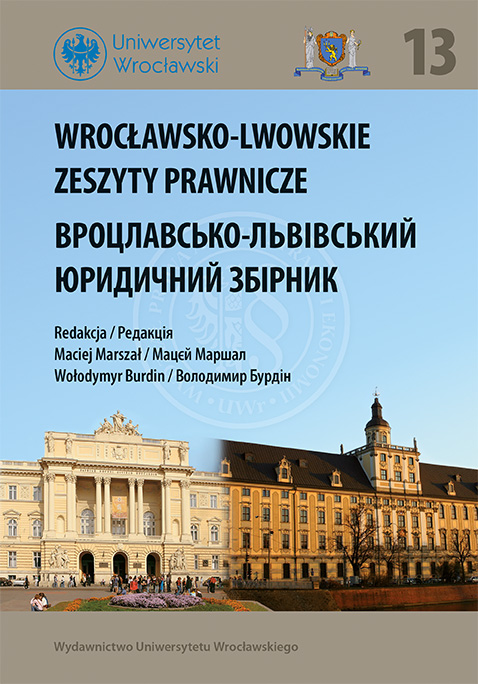

Artykuły

The annexation of Ukrainian lands by the Polish-Lithuanian Commonwealth and the difficult social, national, religious, language and cultural situation created by Polish magnates and gentry caused numerous uprisings and eventually the national liberation revolution led by Bohdan Khmelnytsky. In its essence, character, and purpose, it can be equated with the great revolutions that took place in Europe in the 17th and 18th centuries. It was a national liberation, socio-political revolution for the right to their state, the driving force of which was the whole Ukrainian people, and the leadership — the Cossack officers and the Ukrainian nobility, because the national bourgeoisie, which in Western European revolutions was their organizer and leader, in Ukraine was not sufficiently numerous and strong.
The national liberation revolution of 1648–1657 led first to the emergence of the Ukrainian state and political autonomy (within the Polish-Lithuanian Commonwealth), and later to the independence of the Ukrainian Cossack state. This was the second stage in the
historical process of the formation of Ukrainian statehood — after the Kievan Rus′ and the Kingdom of Galicia–Volhynia. The basis of its revival was the military-administrative system that was developed in the Zaporozhian Sich. Ukrainians were the organizing force,
the core of the liberation revolution, the creator of Ukraine’s independence. A special role was played by Ukrainian Cossacks. I would like to note another important component of Ukrainian statehood of that era: during the national liberation struggle, the ideology of
Ukrainian national statehood was born, which was adopted not only by Cossack officers and gentry, but also by the masses. The Orthodox Church of Ukraine also played an important role in this process.
The Ukrainian Cossack state of that time — with its central and local authorities, administration, courts and army, with its own territory (which, however, had no clearly defined borders, because they sometimes changed depending on the foreign policy situation) — in the form of government was, I believe, a democratic republic headed by an elected hetman, and in terms of territorial organization — a unitary state with a democratic political regime. However, a significant shortcoming of the newly created state was the failure to solve an important socio-economic problem — the peasantry was not freed from personal dependence on landowners, as its debts and numerous duties were not eliminated. The competence of state bodies was not differentiated — they simultaneously performed administrative, judicial, military functions, etc. The nature of the republican statehood determined the essence of its legal system. It was based on Ukrainian customary law and the hetman’s universals. However, unfavourable domestic and especially foreign policy conditions did not allow for this process to be completed. The loss of Ukraine’s hard-won state independence was initiated by the Pereyaslav Rada and a further attack on Ukrainian statehood by the Moscow state, which gradually limited Ukraine’s rights, and thus eliminated all signs of Ukrainian statehood, and which annexed its territory in 1783.